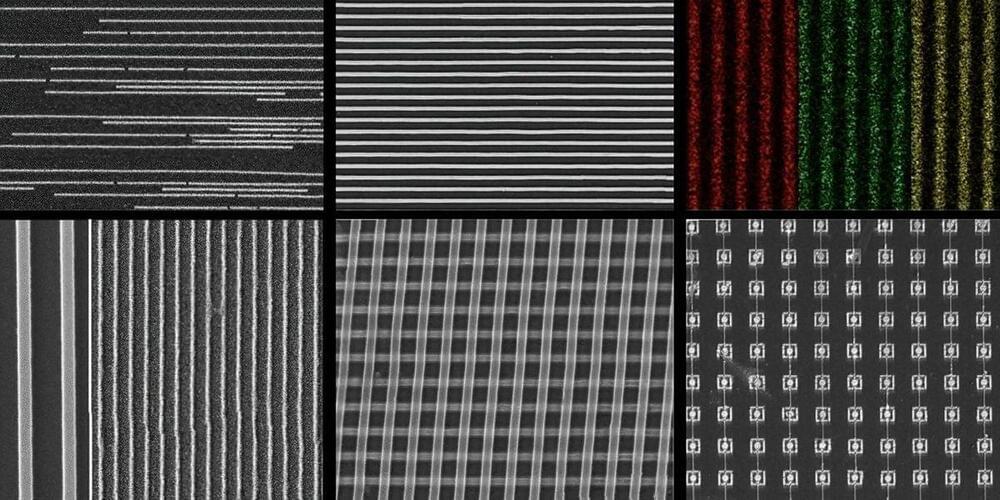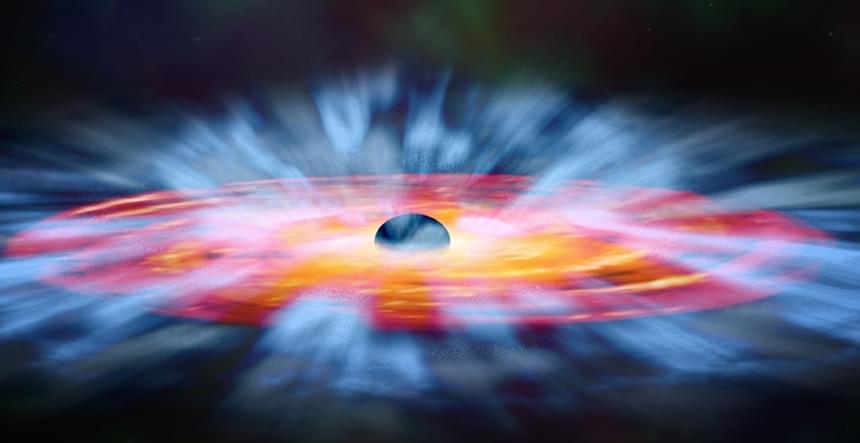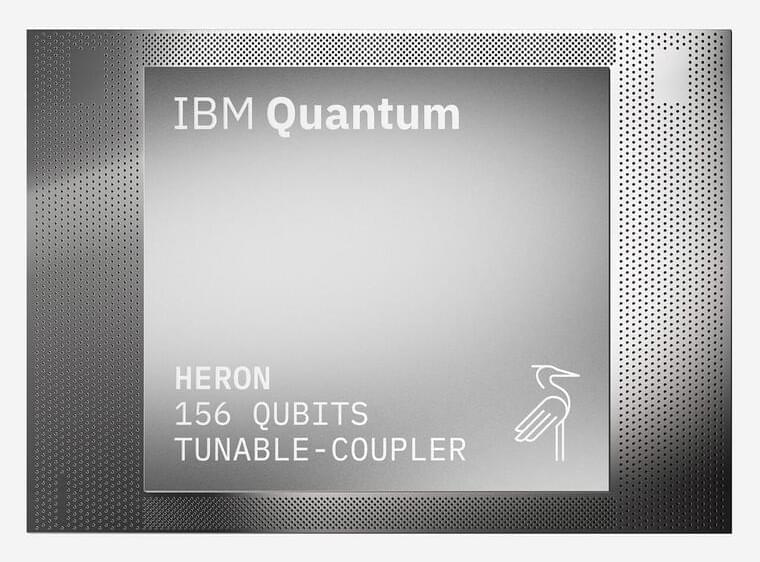The technique uses liquid metal to build nanoscale and microscale electronics.
Chris McHenry is Vice President of Product Management at Aviatrix.
Enterprise reliance on cloud computing is no longer a question of “if” but “how much” and “how secure.” The cloud has become the backbone of modern business, enabling rapid scaling, seamless integration and global reach.
However, as cloud adoption matures, so do its associated costs—driven significantly by the rise of artificial intelligence (AI) and the escalating energy demands of data centers. For instance, OpenAI recently revealed plans to increase its prices by 120% over the next five years, even after securing an industry-record $6.6 billion in funding.
Engineers at Johns Hopkins University have developed a new printing technique that solves for the fundamental weakness between the layers created during 3D printing. New printing technique allows them to precisely control interfaces between voxels, the three-dimensional counterparts to pixels, and how they function.
Second of two parts (read part 1)
If you want to understand gravity, it makes sense to study black holes. Nowhere else can you find so much gravity so conveniently compacted into such a relatively small space.
In a way, in fact, black holes are nothing but gravity. As Einstein showed, gravity is just the warping of spacetime, and black holes are big spacetime sinks. All the matter falling in gets homogenized into nothingness, leaving behind nothing but warped spacetime geometry.
The notion of entropy grew out of an attempt at perfecting machinery during the industrial revolution. A 28-year-old French military engineer named Sadi Carnot set out to calculate the ultimate efficiency of the steam-powered engine. In 1824, he published a 118-page book(opens a new tab) titled Reflections on the Motive Power of Fire, which he sold on the banks of the Seine for 3 francs. Carnot’s book was largely disregarded by the scientific community, and he died several years later of cholera. His body was burned, as were many of his papers. But some copies of his book survived, and in them lay the embers of a new science of thermodynamics — the motive power of fire.
Carnot realized that the steam engine is, at its core, a machine that exploits the tendency for heat to flow from hot objects to cold ones. He drew up the most efficient engine conceivable, instituting a bound on the fraction of heat that can be converted to work, a result now known as Carnot’s theorem. His most consequential statement comes as a caveat on the last page of the book: “We should not expect ever to utilize in practice all the motive power of combustibles.” Some energy will always be dissipated through friction, vibration, or another unwanted form of motion. Perfection is unattainable.
Reading through Carnot’s book a few decades later, in 1865, the German physicist Rudolf Clausius coined a term for the proportion of energy that’s locked up in futility. He called it “entropy,” after the Greek word for transformation. He then laid out what became known as the second law of thermodynamics: “The entropy of the universe tends to a maximum.”
Physicists of the era erroneously believed that heat was a fluid (called “caloric”). Over the following decades, they realized heat was rather a byproduct of individual molecules bumping around. This shift in perspective allowed the Austrian physicist Ludwig Boltzmann to reframe and sharpen the idea of entropy using probabilities.
The notion of entropy grew out of an attempt at perfecting machinery during the industrial revolution. A 28-year-old French military engineer named Sadi Carnot set out to calculate the ultimate efficiency of the steam-powered engine. In 1824, he published a 118-page book(opens a new tab) titled Reflections on the Motive Power of Fire, which he sold on the banks of the Seine for 3 francs. Carnot’s book was largely disregarded by the scientific community, and he died several years later of cholera. His body was burned, as were many of his papers. But some copies of his book survived, and in them lay the embers of a new science of thermodynamics — the motive power of fire.
Carnot realized that the steam engine is, at its core, a machine that exploits the tendency for heat to flow from hot objects to cold ones. He drew up the most efficient engine conceivable, instituting a bound on the fraction of heat that can be converted to work, a result now known as Carnot’s theorem. His most consequential statement comes as a caveat on the last page of the book: “We should not expect ever to utilize in practice all the motive power of combustibles.” Some energy will always be dissipated through friction, vibration, or another unwanted form of motion. Perfection is unattainable.
Reading through Carnot’s book a few decades later, in 1865, the German physicist Rudolf Clausius coined a term for the proportion of energy that’s locked up in futility. He called it “entropy,” after the Greek word for transformation. He then laid out what became known as the second law of thermodynamics: “The entropy of the universe tends to a maximum.”
Physicists of the era erroneously believed that heat was a fluid (called “caloric”). Over the following decades, they realized heat was rather a byproduct of individual molecules bumping around. This shift in perspective allowed the Austrian physicist Ludwig Boltzmann to reframe and sharpen the idea of entropy using probabilities.
Boltzmann distinguished the microscopic properties of molecules, such as their individual locations and velocities, from bulk macroscopic properties of a gas like temperature and pressure…
Unlocking The Potential Of Blood — Dr. Jackie Kunzler Ph.D. — Senior Vice President, Global R&D, Terumo Blood and Cell Technologies.
Dr. Jackie Kunzler, Ph.D. is Senior Vice President and Global Head of Research and Development (R&D), and member of the Executive Management Committee, of Terumo Blood and Cell Technologies (https://www.terumobct.com/), where she focuses on innovation and development leading the way for unlocking the potential of blood and cell collections in varied sectors, including blood banking, plasma-based therapies and cell and gene therapies.
Dr. Kunzler joined Terumo from Baxter Healthcare where she held successive leadership roles in their business, including as Baxter Healthcare’s Senior Vice President for Quality and Regulatory and Head of Global Life Sciences.
Quantum computing and networking company IonQ has delivered a data center-ready trapped-ion quantum computer to the uptownBasel innovation campus in Arlesheim, Switzerland.
The IonQ Forte Enterprise quantum computer is the first of its kind to operate outside the United States and Switzerland’s first quantum computer designed for commercial use.
According to IonQ, Forte Enterprise is now online, servicing compute jobs while performing at a record algorithmic qubit count of #AQ36. The number of algorithmic qubits (#AQ) is a tool for showing how useful a quantum computer is at solving real problems for users by summarizing its ability to run benchmark quantum algorithms often used for applications.
IBM and State of Illinois to Build National Quantum Algorithm Center in Chicago with Universities and Industries
Posted in information science, quantum physics, supercomputing | Leave a Comment on IBM and State of Illinois to Build National Quantum Algorithm Center in Chicago with Universities and Industries
Anchored by next-generation IBM Quantum System Two in Illinois Quantum and Microelectronics Park, new initiative will advance useful quantum applications as industries move towards quantum-centric supercomputing.
A review of syntheticapertureradar image formation algorithms and implementations: a computational perspective.
✍️ Helena Cruz et al.
Designing synthetic-aperture radar image formation systems can be challenging due to the numerous options of algorithms and devices that can be used. There are many SAR image formation algorithms, such as backprojection, matched-filter, polar format, Range–Doppler and chirp scaling algorithms. Each algorithm presents its own advantages and disadvantages considering efficiency and image quality; thus, we aim to introduce some of the most common SAR image formation algorithms and compare them based on these two aspects. Depending on the requisites of each individual system and implementation, there are many device options to choose from, for instance, FPGAs, GPUs, CPUs, many-core CPUs, and microcontrollers. We present a review of the state of the art of SAR imaging systems implementations.









